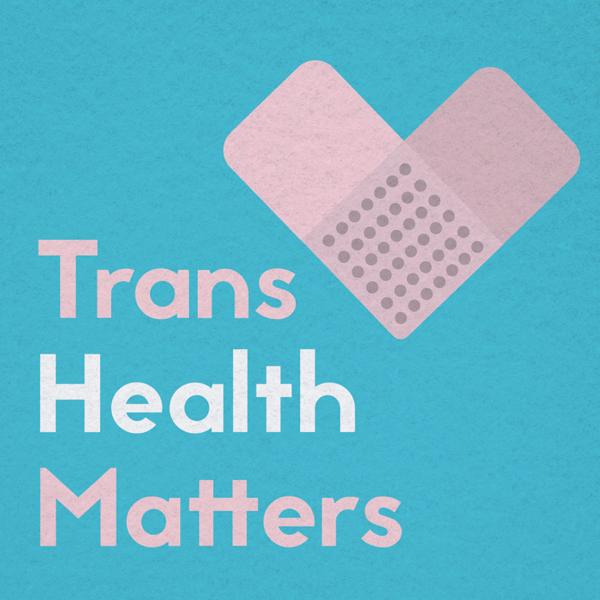
National Transgender HIV Testing Day: Eliminating Barriers to Care with Together TakeMeHome
April 18 is National Transgender HIV Testing Day (NTHTD), a day to recognize the importance of HIV testing, prevention, and treatment for transgender and gender non-confirming (TGNC) people. As we work to bring an end to the HIV epidemic, it’s important to recognize the ways that the impacts of the epidemic are compounded by other forms of marginalization. Transgender people, especially transgender women, are disproportionately impacted by HIV in the United States. In 2021, transgender and gender non-conforming people represented 2 percent of new HIV diagnoses in the US. Transgender women were overrepresented among this group, with 89 percent of all new diagnoses within the TGNC population.
HIV-related stigma and discrimination exacerbate the detrimental effects of transphobia and can present a significant barrier to accessing care. We must work proactively to recognize social determinants of health, combat stigma, educate healthcare providers, and provide culturally informed services that respond to community needs. Increased access to HIV testing is a critical tool in our fight to eliminate healthcare disparities for TGNC people and connect them to HIV treatment and prevention services. To recognize this year’s NTHTD, the CDC is working to raise awareness about Together TakeMeHome (TTMH), a program that makes it possible to order free HIV self-tests through the mail.
Together TakeMeHome is a collaboration between NASTAD, Emory University, Building Healthy Online Communities, CDC, OraSure, and Signal. This program is available throughout the United States, including Puerto Rico. Self-testing can help combat barriers to care, such as inadequate access to transportation, fear of discrimination, and concerns about confidentiality. The initial goal of this program was to distribute 1 million self-tests over five years. Since the program’s launch one year ago, over 450,000 tests have been distributed through TTMH’s online portal, with 9% of these tests ordered by people who did not identify as a cisgender man or cisgender woman; 27% of those orders were people who reported they had never tested for HIV before. This program's success demonstrates how reducing barriers to care empowers individuals to learn about their health, combats stigma, and positively impacts access to HIV testing, prevention, and care services.
The CDC’s efforts to combat the damaging effects of stigma also include Let’s Stop HIV Together, an evidence-based educational campaign created by the Ending the HIV Epidemic in the U.S. (EHE) initiative and the National HIV/AIDS Strategy. Materials are available in both English and Spanish and focus on reducing HIV stigma and promoting HIV testing, prevention, and treatment. The CDC has also developed patient-centered HIV prevention and care materials to educate providers on providing culturally informed care for TGNC people.
NASTAD is also developing culturally responsive and community-driven training materials on trans healthcare. Trans Harm Reduction and Sexual Health (THRASH), an internal working group led by and for trans people, developed a Virtual Learning Series on Transgender and Gender-Diverse Health in partnership with the Connecticut Department of Public Health. This four-part series explores the history of gender-diverse people, the importance of prioritizing them in our public health and health equity work, discusses the provision of gender-affirming care, and educates public health workers on how to apply this information in their day-to-day work.
We have the power to eliminate stigma and the duty to fight transphobia and eradicate systemic barriers to care for the TGNC community. Ensuring continued access to free, low-barrier HIV testing is a key part of ensuring that our healthcare systems meet the needs of transgender and gender-nonconforming people.